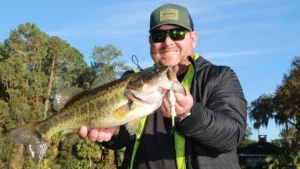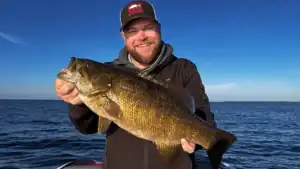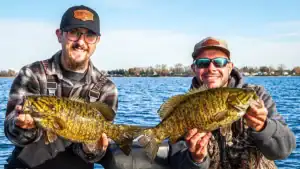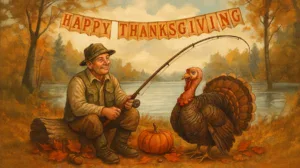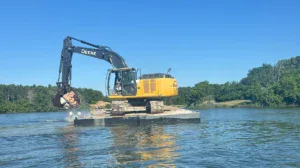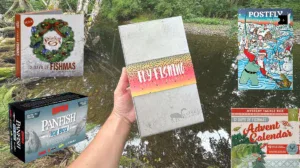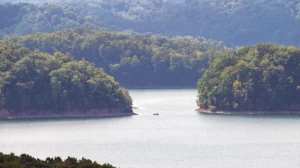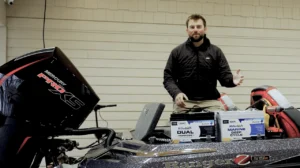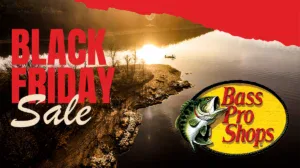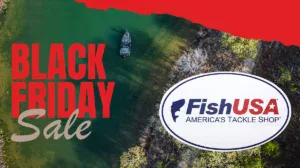It’s not unusual for Florida bass anglers to open Christmas presents and then go fish their favorite grass shoreline. Maybe not Labor Day level stuff, but a dependable bite, assuming decent weather.
The Sunshine State operates under its own set of rules, but in many southern fisheries, the grass bite lasts well through Thanksgiving — if not longer. When mild conditions stick around through the fourth quarter, submersed aquatic vegetation (SAV) can be a serious player.
Consider this from Toledo Bend Guide, Darold Gleason: “If we have hydrilla, it’s a player year-round one way or the other.”
How It Plays Out
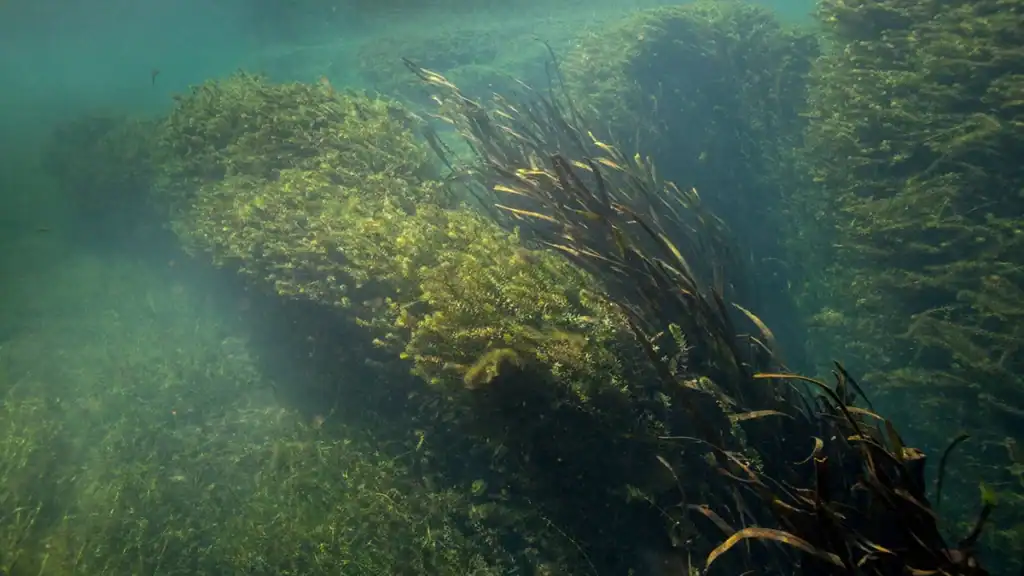
Shelter, shade, feeding — the “grass equals bass” thing never goes out of style. However, as Gleason notes, fall dynamics actually amplify the SAV appeal.
“The lakes are getting drawn down this time of year, so the grass is really matting out good and it’s actually getting shallower,” Gleason said. “With the lake going down, the population of fish that want to go shallow are gonna go to the cover that’s available.
“They’re looking to leave the main lake and get in the creeks, so it’s just kind of a collision. A lot of times, the best grass is in the creeks, near the channels and it just happens to be where the shad wants to go.”
Bassmaster Elite Keith Combs, who boldly calls grass a year-round option for his East Texas lakes, said fall’s dynamic nature disperses the action. While the warmer months tend to find the fish parking, fall sees them up and moving.
“During summer, you have a lot more dead water,” Combs said. “You’ll find extremely small sweet spots in the grass where you’ll find a bunch of them, but not one here, one there like you do in the fall.
“On most Texas lakes, the deep grass is on the main lake and it gets shallower, up in the creek arms. So on a normal year you can find the bite you like, but on a drought year, it’s all shallow. This year, we’ve had rain, but (the U.S. Army Corps of Engineers) took 7 feet of water out to work on the dam.”
Depth and Details
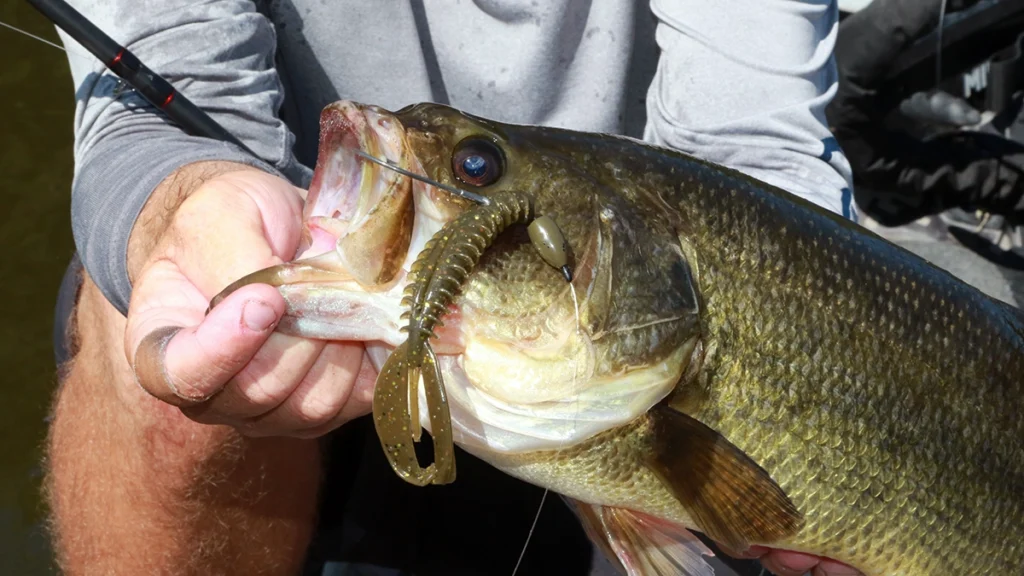
Anywhere he’s fishing southern grass in the fall, Combs typically gauges the potential — and his approach — based on its depth.
“In East Texas, if we have full water levels and we had a good year for the grass (growth), the number one way to fish that stuff in the fall is punching,” he said. “But in a year like we’re in now where Lake Sam Rayburn is low, grass is still a player, but it’s 2- to 3-foot grass, instead of that 11- and 12-foot grass.
“If we have 6 feet or more of grass, it’s going to be a punching bite. If it’s midrange, like 4 to 5 feet, we’re gonna be throwing a lot of swim jigs, lipless baits, squarebills and Strike King Thunder Crickets (bladed jigs). In a year when the grass is shallow, it’s a topwater thing.”
As fall proceeds and grass die-off starts, Gleason expects to find browning edges, noticeable tattering and clumping around grass edges. He’s fond of following the natural corridors bass use for their seasonal migrations and paying attention to changes in the grass linings.
“We’ll start seeing clumping in the backs of some of the creeks and the backs of ditches in the flats,” Gleason said. “You can go around the (perimeter) of the ditch flipping a hard edge and when you get to where it bottoms out or dead-ends there can be some grass clumps out from the main grass mat and those can be superb this time of year.
“It’s just something different for them to get on. It seems like the bigger fish tend to (claim) those isolated spots. It seems like they want to be near the action, but not all up in the action. They don’t want to be on the most obvious piece of cover that’s getting fished by everybody. They want to be alone, isolated and waiting on a big meal.”
Gleason keeps a frog handy, but he calls punching his fall grass go-to. He’ll use a pegged 3/4- to 1/0-ounce weight — the lightest he can get away with and still penetrate the cover — with a Strike King Rage Bug heavy duty flipping hook.
“My favorite color is blue craw,” Gleason said. “It perfectly mimics what a lot of those little panfish look like that time of year. They’re kind of a green pumpkin color but a lot of them have that light blue tail.”
Go Big
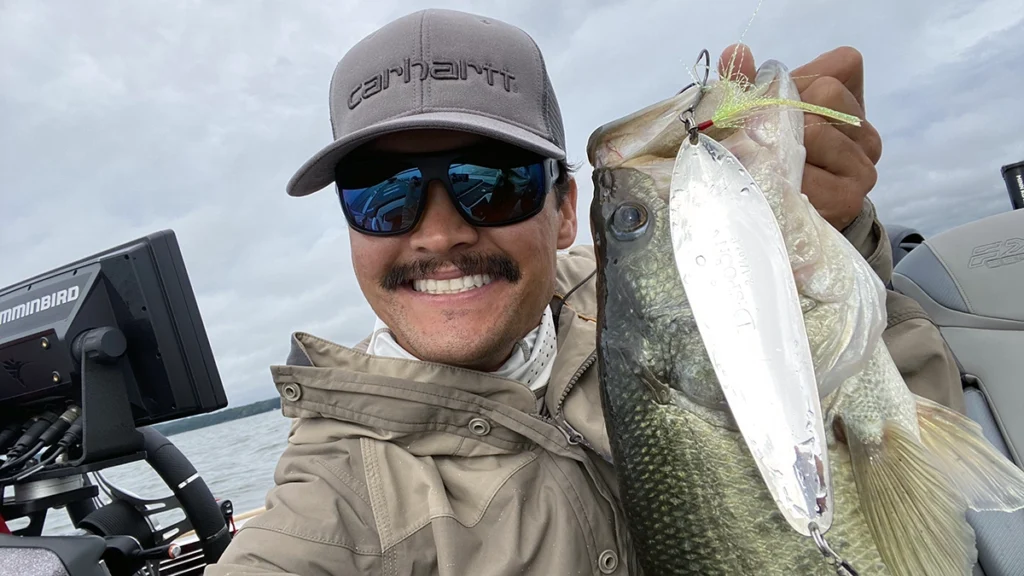
Growing up in San Jose, Calif., Chris Zaldain developed a love for big baits and aggressive tactics at an early age. Now making his home in Fort Worth, Texas, it’s no surprise that one of Zaldain’s favorite techniques is dropping a magnum flutter spoon for big largemouth chasing hefty gizzard shad along deep grass edges.
Zaldain said that’s largely a May or June deal, when post-spawners are just getting grouped up; but when warmth lingers into the fall months, he’ll sling that enormous piece of metal with full expectation of tempting day-making bites.
As Zaldain explained, some fall fish will leave their summer haunts, move up and chase threadfin shad, while others will hold deep for a few more weeks. The latter, he said, are suckers for the big flutter spoon.
“I have also used the magnum flutter spoon to target those in the early fall on brush piles,” Zaldain said. “Nine out of 10 times, they bite before the spoon gets into trouble.”
Combs also keeps watch for big gizzards and when he suspects those pork chops are on the bass menu, he likes a surface assault.
“When you find gizzards, don’t hesitate to throw the giant topwaters like the Strike King Mega Dawg,” Combs said. “Usually people are scaling down in the fall, but those big topwaters can really produce. That Mega Dawg is a sleeper, but it can produce some really big bites.”
Even absent the gizzard shad, Combs calls the topwater game his fall favorite.
“If I have my choice, I want to catch them on a Strike King Sexy Dog,” he said. “I’ll tie on a bone color and the black lab color, head to a creek arm and get on the edge of a flat and just cover water. I’ll be looking for little wolf packs of fish.
“I know I’m going to catch them when I see clumpy hydrilla. I want to see white spots and dark spots — that’s the sandy gaps between grass clumps. Fish will concentrate around those spots, baitfish are in there and there are tons of ambush points.”


